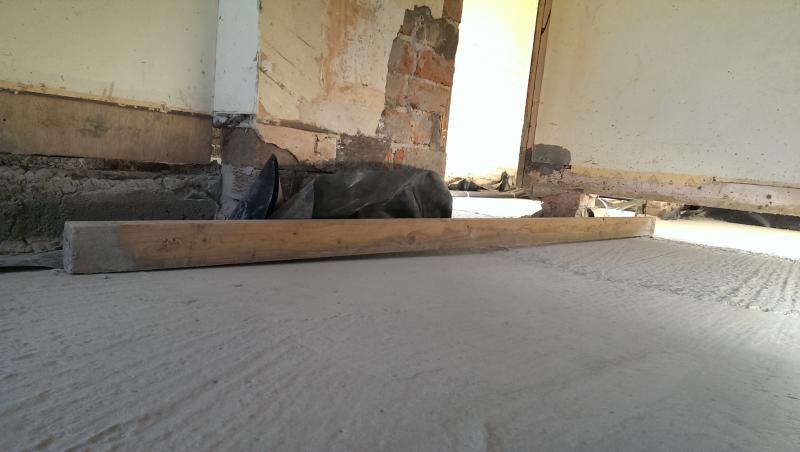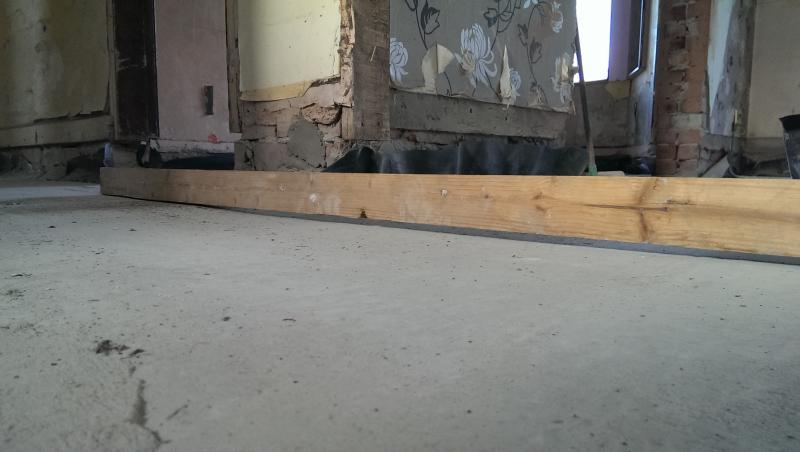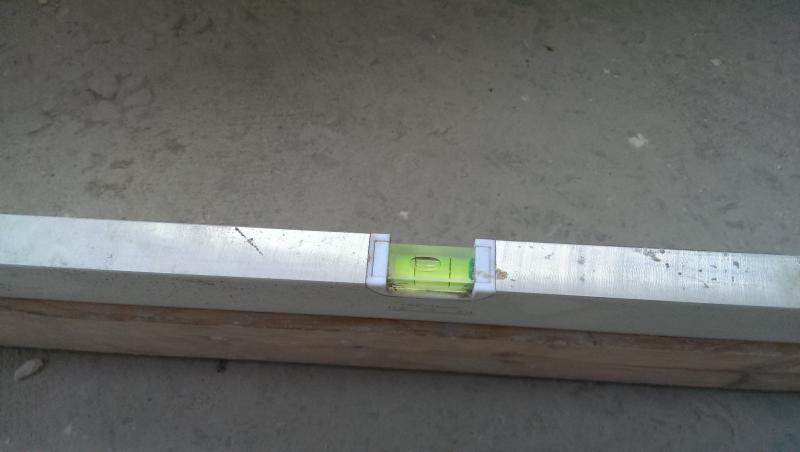Hello
We are in the process of replacing the ground floor.
Having opted for concrete subfloor-> 100mm Insulation-> 50mm Anhydrate self levelling screed & UFH, we got appointed a builder to pour the subfloor.
Im not 100% happy with it, overall level is about -15mm shy of where i wanted it (some rooms +10mm other areas -40mm!) , which means extra screed, cost and efficiency of UFH.
Builder sent a different contractor than the one that did the floor who said the floor is as good a job as he would have done for a subfloor, so builder says it complies with regs and is fit for purpose and not very keen to finish it any further.
My main concern is that the floor hasn't got a great finish for applying insulation. Im worried about insulation bridging a void and flexing when walked on causing the screed to crack and tiles to go with it.
I hired a concrete planer (grinder with a fancy disc) to remove the high spots and some large ridges left from tamping, just worried about dealing with the low spots and couple of particular high spots of aggregate build up. See photos, am i being too picky for a subfloor?
Opinions to level the remainder or just put the insulation down?
Thinking of using a water based self levelling compound that can bulked up with sharp sand to give a greater/thicker coverage. This was advised by a local builders yard.
As for the high points of aggregate, either grind down or cheq out the insulation to accommodate?
Thanks for any info
We are in the process of replacing the ground floor.
Having opted for concrete subfloor-> 100mm Insulation-> 50mm Anhydrate self levelling screed & UFH, we got appointed a builder to pour the subfloor.
Im not 100% happy with it, overall level is about -15mm shy of where i wanted it (some rooms +10mm other areas -40mm!) , which means extra screed, cost and efficiency of UFH.
Builder sent a different contractor than the one that did the floor who said the floor is as good a job as he would have done for a subfloor, so builder says it complies with regs and is fit for purpose and not very keen to finish it any further.
My main concern is that the floor hasn't got a great finish for applying insulation. Im worried about insulation bridging a void and flexing when walked on causing the screed to crack and tiles to go with it.
I hired a concrete planer (grinder with a fancy disc) to remove the high spots and some large ridges left from tamping, just worried about dealing with the low spots and couple of particular high spots of aggregate build up. See photos, am i being too picky for a subfloor?
Opinions to level the remainder or just put the insulation down?
Thinking of using a water based self levelling compound that can bulked up with sharp sand to give a greater/thicker coverage. This was advised by a local builders yard.
As for the high points of aggregate, either grind down or cheq out the insulation to accommodate?
Thanks for any info






